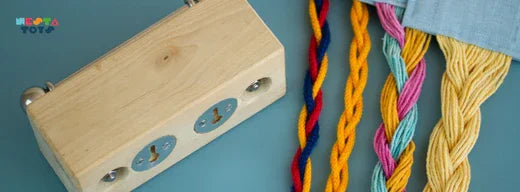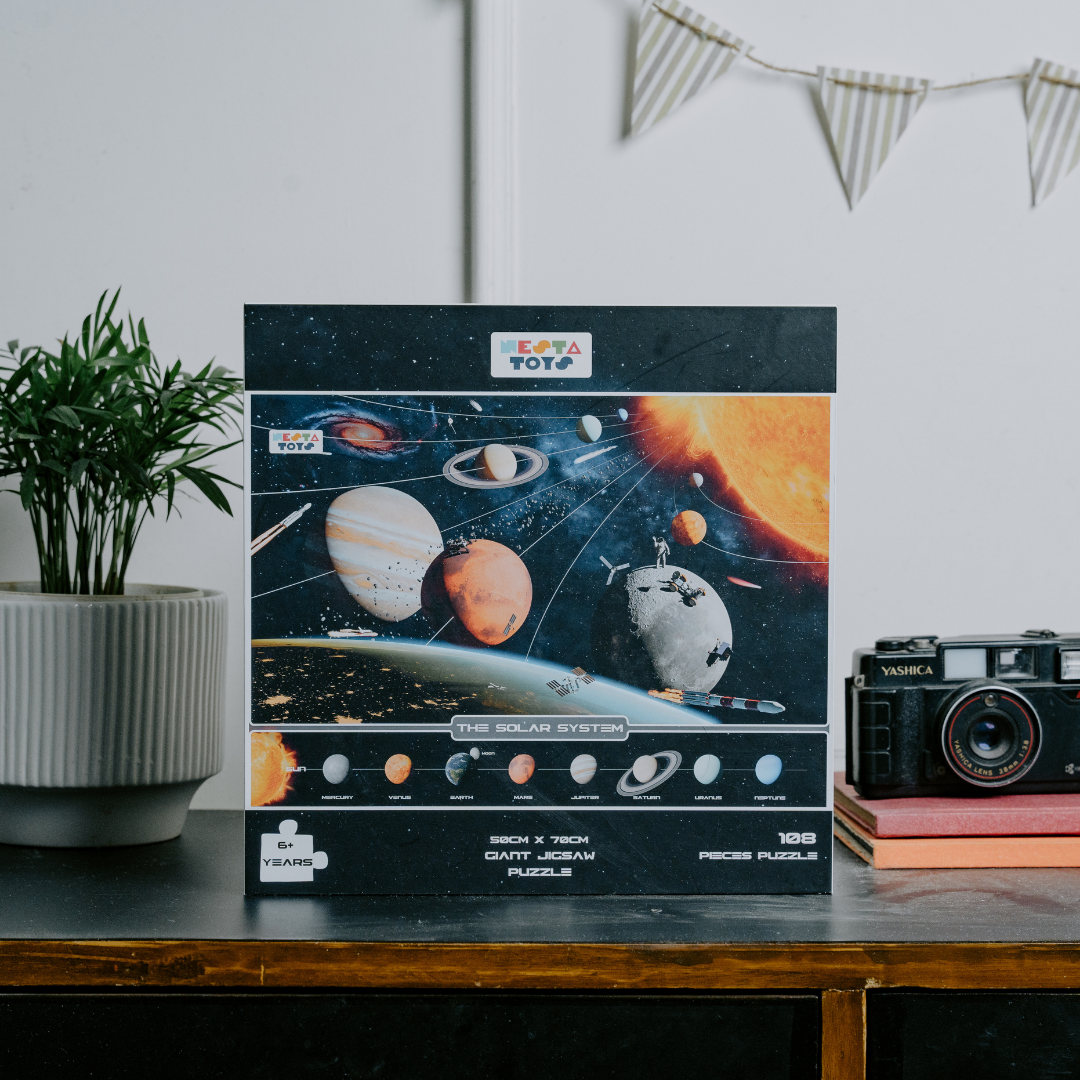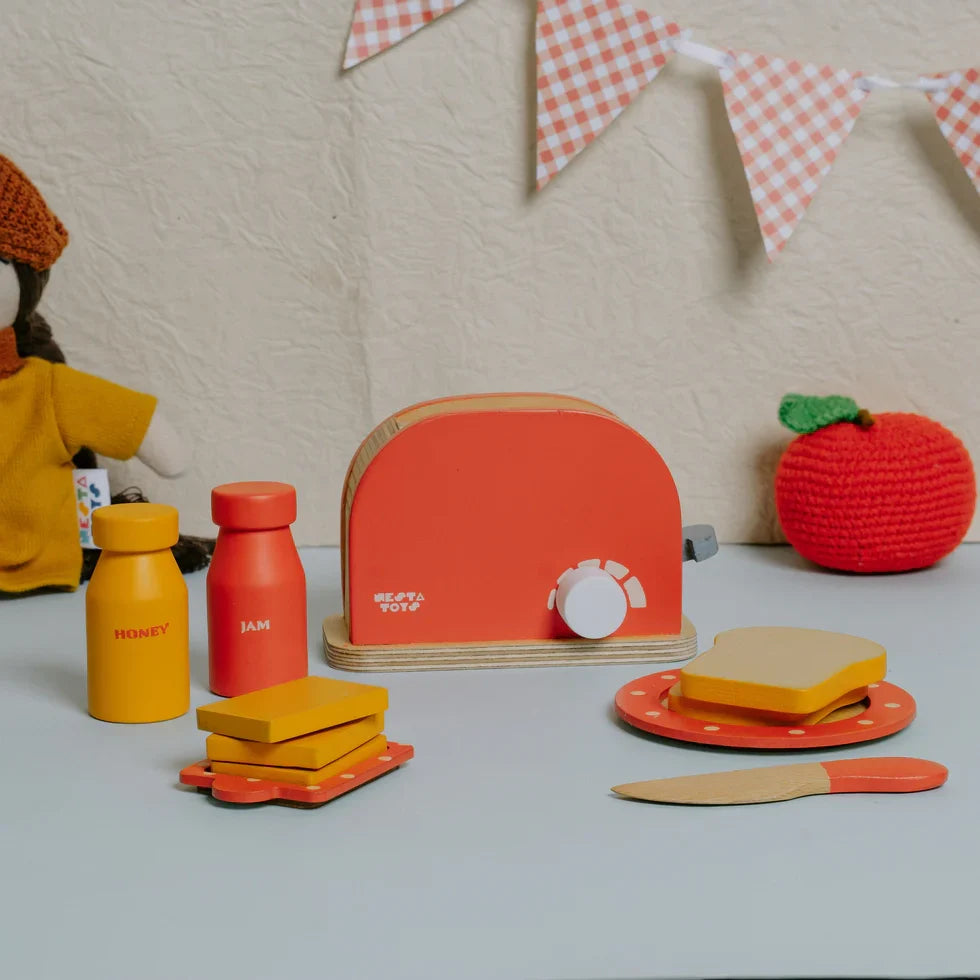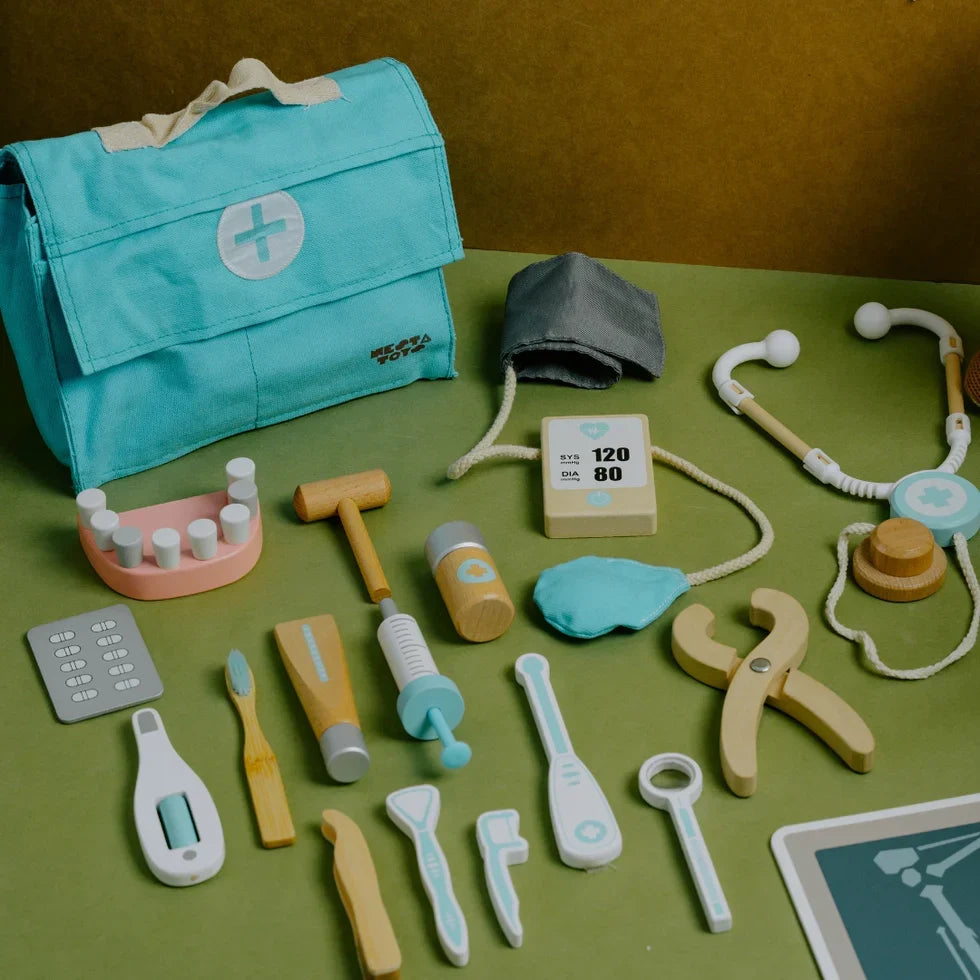Plaiting for kids is a fun Montessori activity where they braid yarn, rope, or other materials to make cool woven patterns! Plaiting helps kids build fine motor skills, hand-eye coordination, and focus as they weave strands over and under in a set pattern.
Aims:
- Develop coordination of movements
- Enhance concentration
- Foster independence
- Master the skill of plaiting
Description:
The child has just started learning plaiting in Montessori, braiding three colorful strands of rope or yarn. One end of the strands is anchored with a wooden block or sandbag to keep them steady. The strands are then spread out, ready for braiding or weaving. The materials used for plaiting are carefully selected to ensure safety and comfort for the child. The strands are just the right length, and the block or sandbag is weighted perfectly for easy handling by the child.
The child was guided to find the plaiting materials and encouraged to carry them to a work mat. Once on the mat, the weight was rolled upwards so that the three strands were laid out with the weight positioned at the top end of the mat. The child was taught to use the pincer grip (thumb and index finger) to hold the strands, spreading them out with one strand on the left, one in the center, and one on the right. The child was guided to braid by crossing the right strand over the middle one, then crossing the left strand over the new middle one. This process continued until all the strands were braided, and the child’s attention was directed to the braid that was formed. The child was shown how to undo the plait by holding the middle strand, moving it over the overlapping strand, and laying it parallel to the other strand. This process was repeated with the other strands until the plait unraveled completely.
After mastering plaiting with three colored strands, the child can progress to more complex braiding patterns and techniques. This variation challenges the child to rely more on touch and coordination while maintaining the plait’s structure, further enhancing fine motor skills and concentration.
It also promotes hand-eye coordination and concentration as the child focuses on maintaining a consistent pattern. It also fosters decision-making skills as the child decides which strand to move and in what order to create the desired pattern.
Suggested At-Home Activities:
You can support your child’s plaiting practice at home with the following activities:
- This DIY plaiting board makes the activity more accessible and engaging while fostering creativity and fine motor development.
- This setup not only adds complexity but also enhances hand-eye coordination and concentration skills.
- Once the child has enough practice, they can try plaiting their mother’s or sister’s hair, which provides an additional challenge and a sense of accomplishment.








